Last updated on March 26, 2024
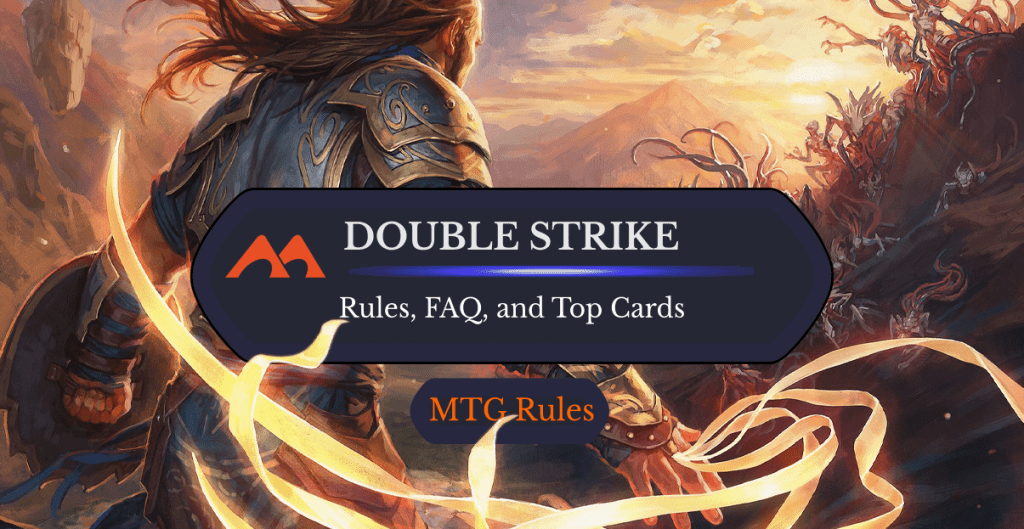
True Conviction | Illustration by Ekaterina Burmak
Over many years of playing and teaching Magic, I’ve come to realize that one specific ability players tend to get confused by a lot is double strike. I think a lot of players read it and realize it’s such a powerful ability that they have trouble believing it or they think they’re not getting it correct.
If you think double strike is almost ridiculously good, then you’re probably right. It’s an incredible ability in aggro-focused strategies. Let’s see what it’s all about!
What Is Double Strike? How Does it Work?
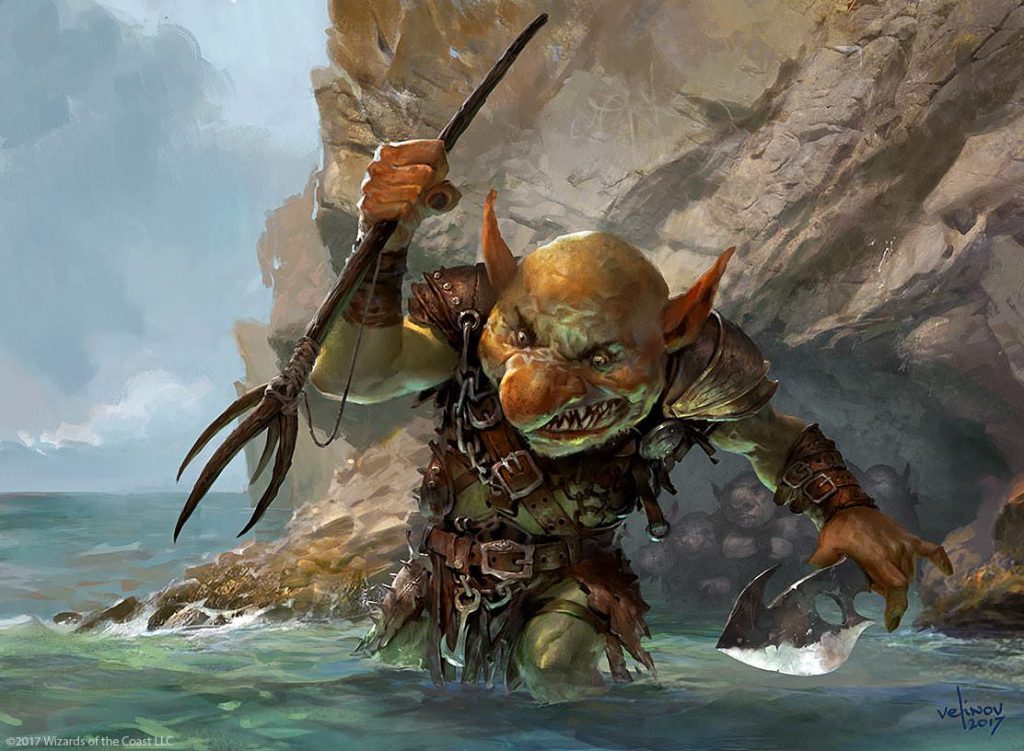
Warren Instigator | Illustration by Svetlin Velinov
Double strike allows a creature to deal damage twice in a single attack step. It deals damage during both the first strike combat damage step and the regular combat damage step.
During the damage step in most Magic games, all creatures deal damage at the same time. The only exceptions to this are first strike and double strike. First strike allows a creature to deal damage before any other creature that doesn’t have that keyword. This gives you an obvious advantage in combat since your creature can take down an opponent’s creature without taking any damage.
Double strike takes this and pushes it a step further. Your creature deals damage as if it had first strike, but when that damage step resolves it deals damage again. This immediately doubles the amount of damage your creature can deal while keeping the protection that comes with first strike.
A Brief History of Double Strike
The very first appearance of double strike dates back to the first “You Make the Card” event held by WotC. This event allowed players to come up with a card that would be included in a coming set.
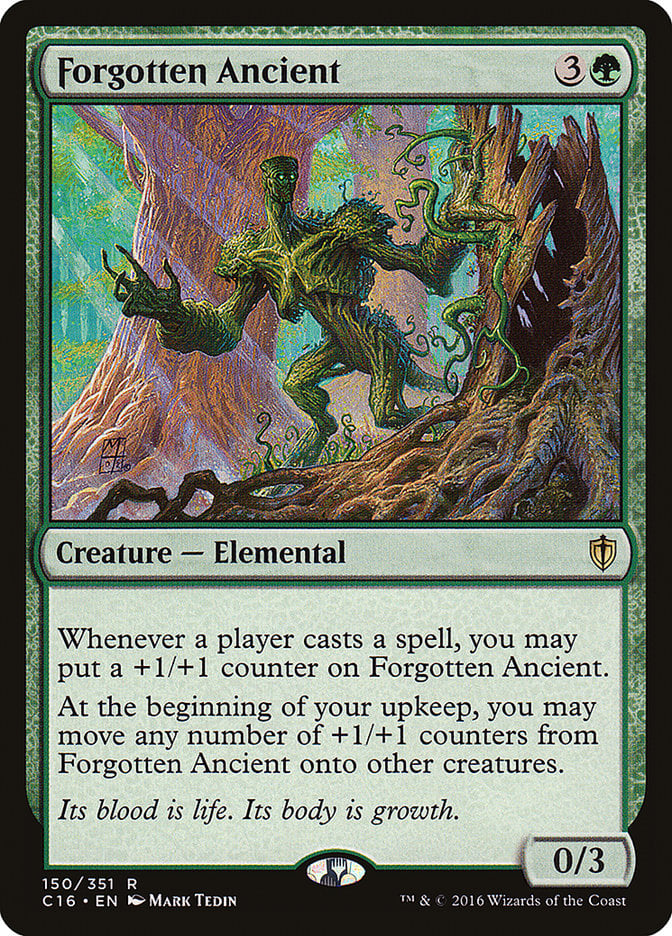
Wayne Alward, a Magic player, submitted the ability as a possible mechanic during this event. The card would eventually become Forgotten Ancient. Double strike was rejected because it didn’t fit in green’s segment of the color pie.
Several members of the Wizards team agreed that double strike would fit into the game really well and had a very concise design. This led to its inclusion as a keyword in Legions. It stuck around ever since and almost immediately become evergreen.
The first cards the ability ever appeared on were Ridgetop Raptor and Rockshard Elemental back in Legions. The ability has consistently shown up in almost every set.
What Colors Is Double Strike Primarily In?
Double strike is a predominantly red and white ability. Blue and black have a handful of double strikers while blue is the least likely to have double strike.
I’d like to point out that there’s only one non-artifact black-bordered card with the keyword that doesn’t dip into red or white color identity: Jodah's Avenger. Even cards like Indominus Rex, Alpha, and Soulflayer technically need other red or white cards to actually have the double strike ability.
Does Double Strike Hit a Player Twice?
Yes. Double strike makes your creature deal damage once as if it had first strike and then again during the regular damage step. This means that when hitting either a creature, a player, or a planeswalker, they’re dealt damage equal to the creature’s power twice.
Does Double Strike Work When Blocking?
Yes, double strike absolutely works when blocking. Double strike creatures are great blockers since they can take out attackers in the first strike step or trade with them in the regular combat step. Example: You are attacked by Atraxa, Grand Unifier, you block with Zetalpa, Primal Dawn, with no modifiers, Atraxa gains its controller seven life. If you targeted Zetalpa with Giant Growth, Atraxa dies during the first strike step and does no damage.
What If an Attacking Double Strike Creature Kills the Blocker with First Strike Damage?
If your double strike creature deals enough damage to the blocker to kill it during the first strike step, then the regular damage vanishes. It’s similar to blocking with a creature and then sacrificing it before the damage step.
The one exception is if your attacker also has trample, more on that below.
Does Extra Damage Carry Over to a Player?
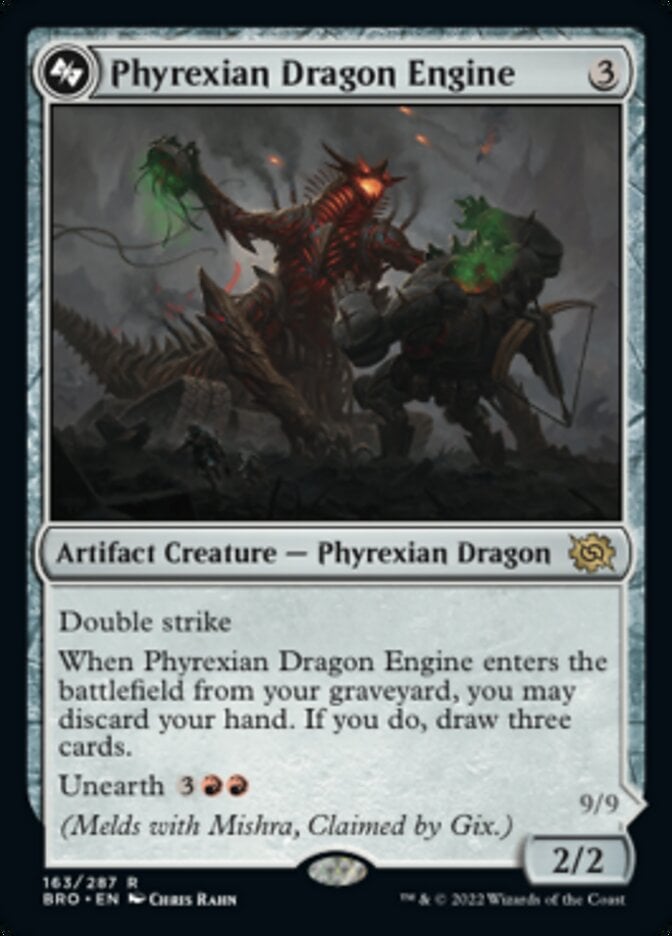
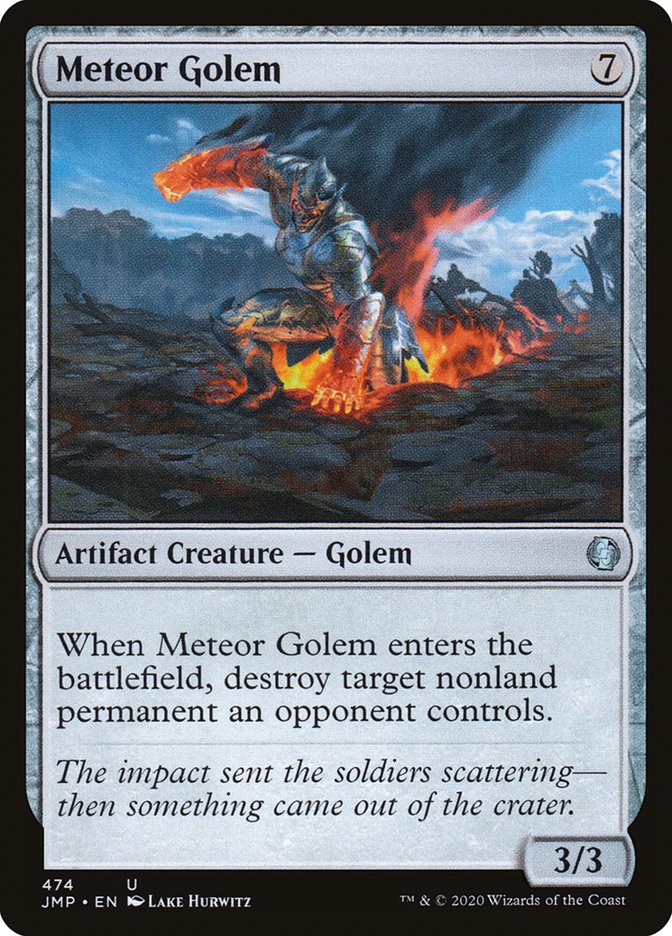
No, extra damage to a blocker goes away unless your attacker has trample. For example, you attack with Phyrexian Dragon Engine, your opponent blocks with a Meteor Golem. Your dragon deals two damage twice, but the extra one power does nothing else unless you granted trample to Phyrexian Dragon Engine.
How Does Double Strike Work With Trample?
If your creature has both double strike and trample, then any excess damage is dealt to the blocking creature’s controller. If your creature is strong enough to take out your opponent’s creature with only the first strike damage, then all of the damage from the second step is dealt to that creature’s controller.
How Does Double Strike Work With Lifelink?
Double strike makes your creature deal damage twice, so you gain life from lifelink twice. This is an important detail for cards like Angel of Vitality and Heliod, Sun-Crowned since they care about each specific time you gain life more than the amount of life gained.
How Does Double Strike Work With Deathtouch?
It's strong, if your creature has deathtouch and double strike, then your creature needs to assign just one point of damage during the first strike step to kill another creature. Unless your opponent’s creature also has first strike your creature will avoid taking damage.
How Do Triggered “When this Deals Damage” Abilities Work With Double Strike?
They trigger for each time that your creature deals damage, so these abilities could trigger twice.
In Gimli's case, you'll get two treasures, with Markov Blademaster the second time it deals damage, it is +1/+1 bigger. That’s what made Markov Blademaster one of my favorite vampires back when the original Innistrad came out.
What Is the Difference Between First Strike and Double Strike?
The difference is that a creature with double strike will also deal damage during the regular combat damage step.
What If a Creature Has Both First Strike and Double Strike?
On a creature with both double strike and first strike, the first strike keyword becomes redundant. If an opponent removed one of the abilities from your creature, the other would still remain.
What If You Have Multiple Instances of Double Strike?
Multiple instances of double strike are redundant and do not stack. Double strike allows your creature to deal damage on the first and second damage steps of the combat phase. Double strike doesn’t stack, so giving a creature two instances of double strike does absolutely nothing.
Does Double Strike Include First Strike?
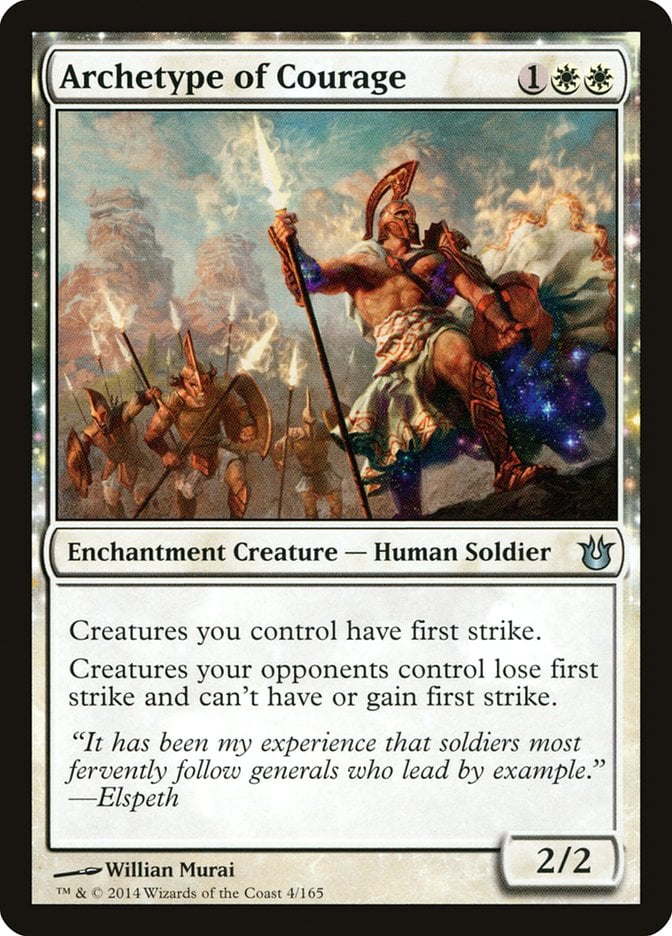
No, double strike doesn’t include first strike, as in creatures with double strike do not count as having first strike despite dealing damage at the same step. An opposing Archetype of Courage does not take away your double strike.
While double strike’s reminder text says, “This creature deals both first strike and regular combat damage,” it doesn’t actually give it first strike.
Is Double Strike Good?
Double strike is absolutely amazing. It is strictly better than first strike.

It’s a really powerful ability that can turn the tide of combat for you. It combines really well with abilities like trample, lifelink, deathtouch, and abilities triggered by dealing damage.
Does Double Strike Mean You Attack Twice?
No, the creature only attacks once. Attackers are declared after the beginning of combat, so an ability that triggers “when you attack” only occurs at that time.
Does Double Strike Trigger Annihilator Twice?
No. Annihilator only occurs when the creature is declared as an attacker, not when it deals combat damage.
Does Double Strike Work During a Fight?
No, fighting is an effect that takes place outside of combat, and double strike is only relevant during combat.
Does Double Strike Trigger Swords Twice?
Does double strike cause two triggers? It depends which trigger you're looking for, on Sword of Hearth and Home hitting home means being able to flicker a creature twice and get two lands. On Sword of the Animist you get one trigger because you only had one attack.
Best Double Strike Cards
Akroma's Will
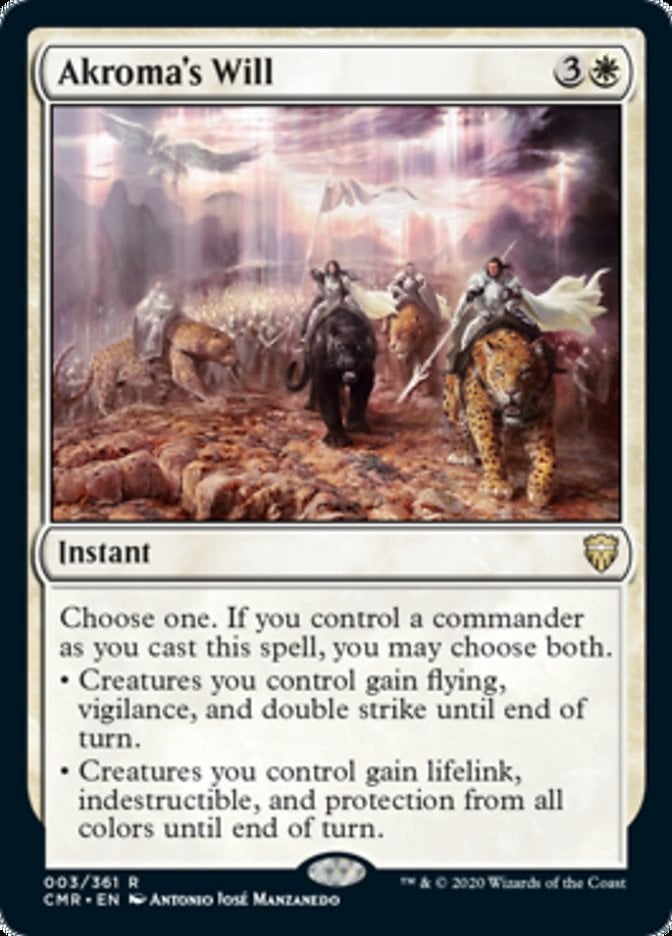
While double strike is just one reason why you'd play Akroma's Will, it is often the most relevant reason when adding up if you made it to lethal damage.
Kellan, the Fae-Blooded
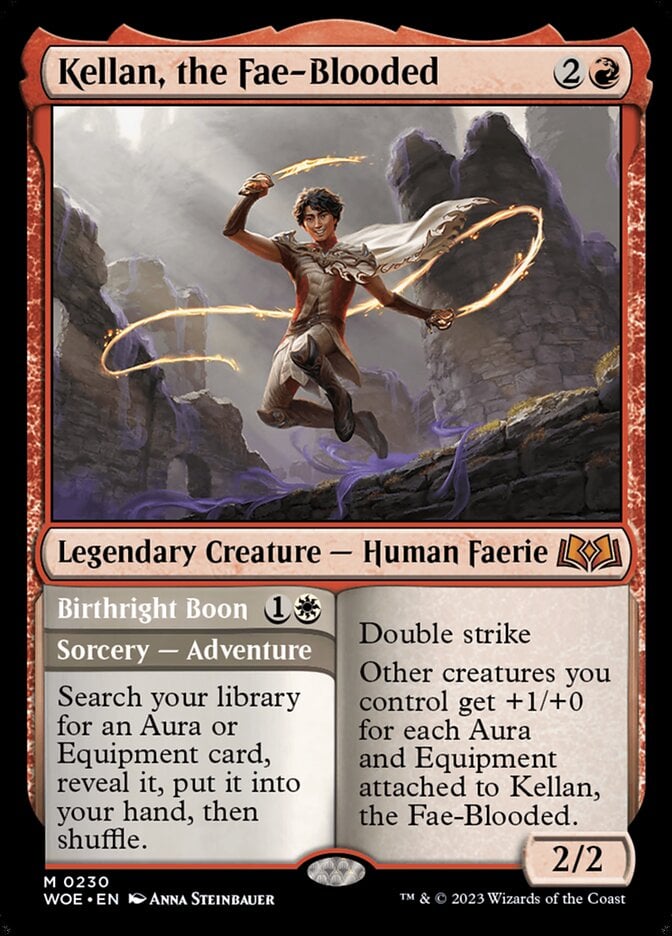
Kellan, the Fae-Blooded rewards you for attaching what double strike creatures are already magnets for: auras or equipment.
Fireshrieker
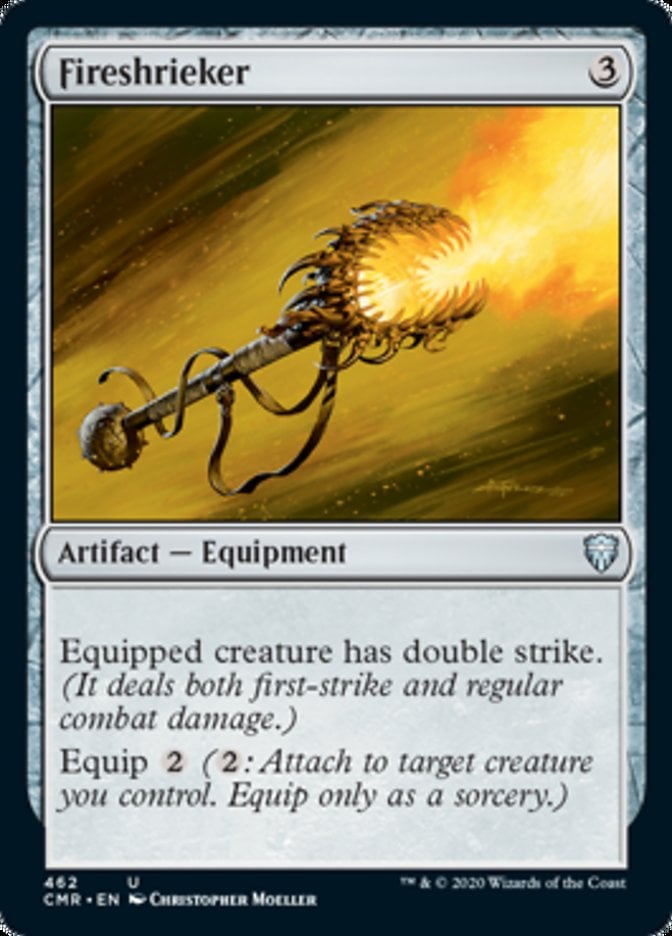
Fireshrieker is one of the most flexible ways to grant double strike to a creature and is commonly found in EDH decks.
Atarka, World Render
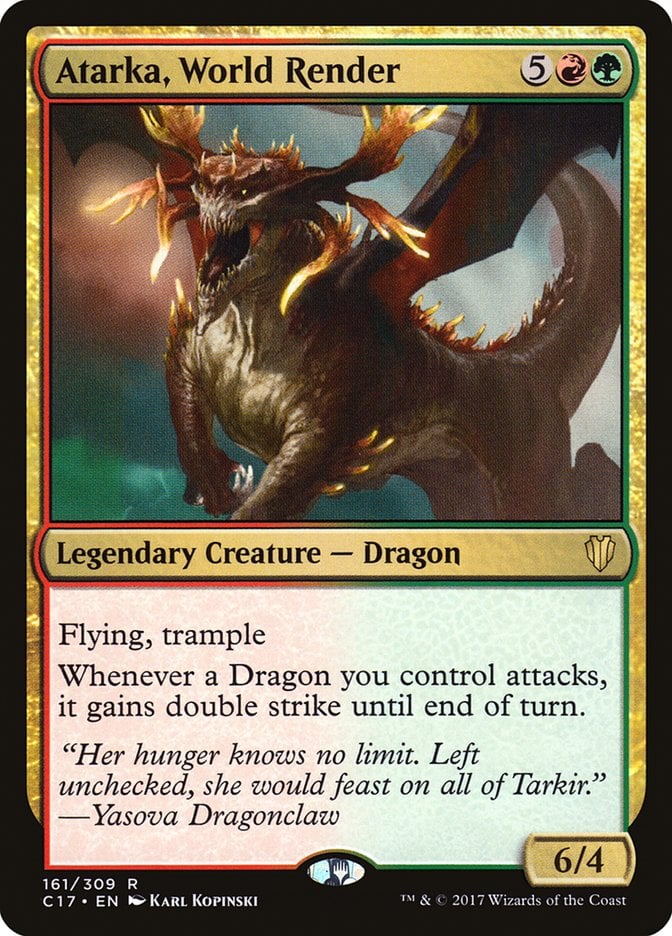
One of the biggest creatures to naturally have double strike is Atarka, World Render. Giving double strike to even one other dragon is hugely impactful, especially if either gets maximized by Firebreathing.
Markov Blademaster
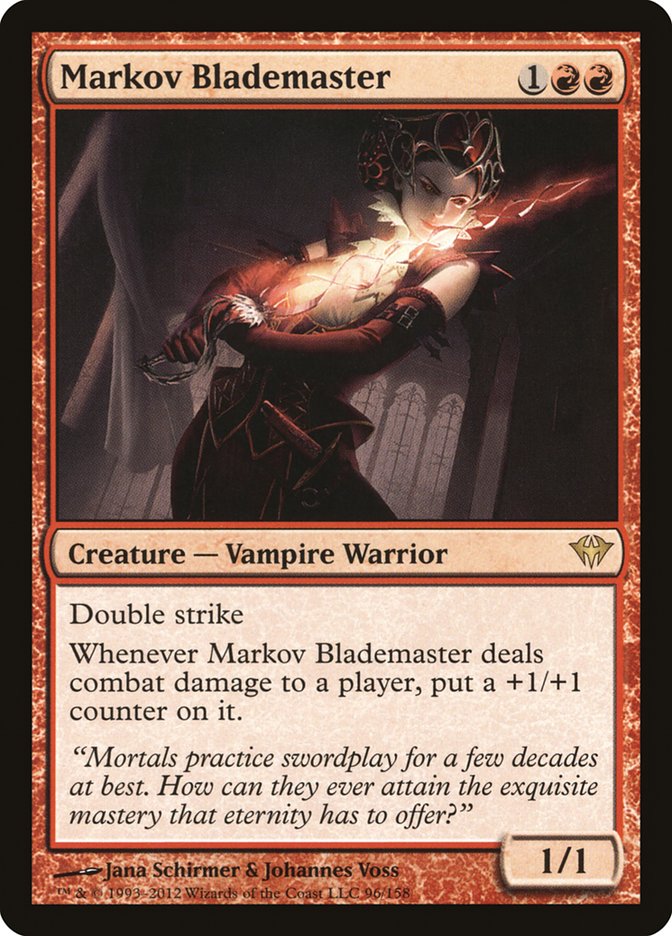
Having Markov Blademaster grow whenever it deals damage to an opponent really makes it feel like vampires feeding.
Rafiq of the Many
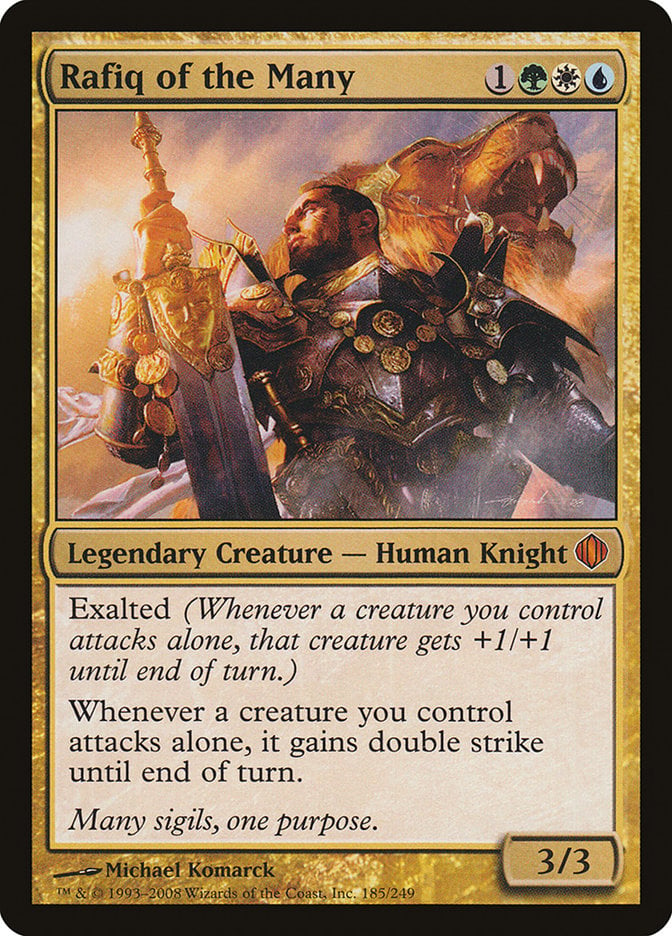
Rafiq of the Many is a great commander for a fun but unexplored theme: exalted. Plenty of decks use the Voltron strategy where most of your deck is built around buffing your commander so a single attack from it is devastating.
With a good Voltron/exalted strategy, double strike could be the difference between doing some damage and defeating your opponent.
Sunhome, Fortress of the Legion
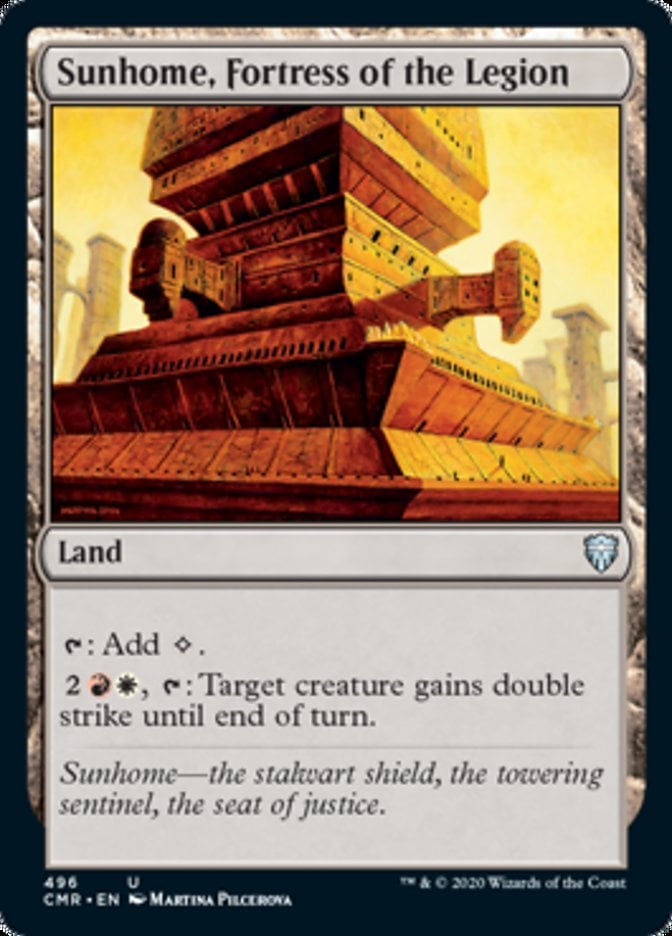
I’ll admit that Sunhome, Fortress of the Legion is far from the best card on this list. It's not efficient, but since it’s a land, it costs less than a full spell slot.
Sunhome goes well with Commander decks that have large creatures. Being able to give any one of your creatures double strike each combat, allows you to put pressure on opponents.
Temur Battle Rage
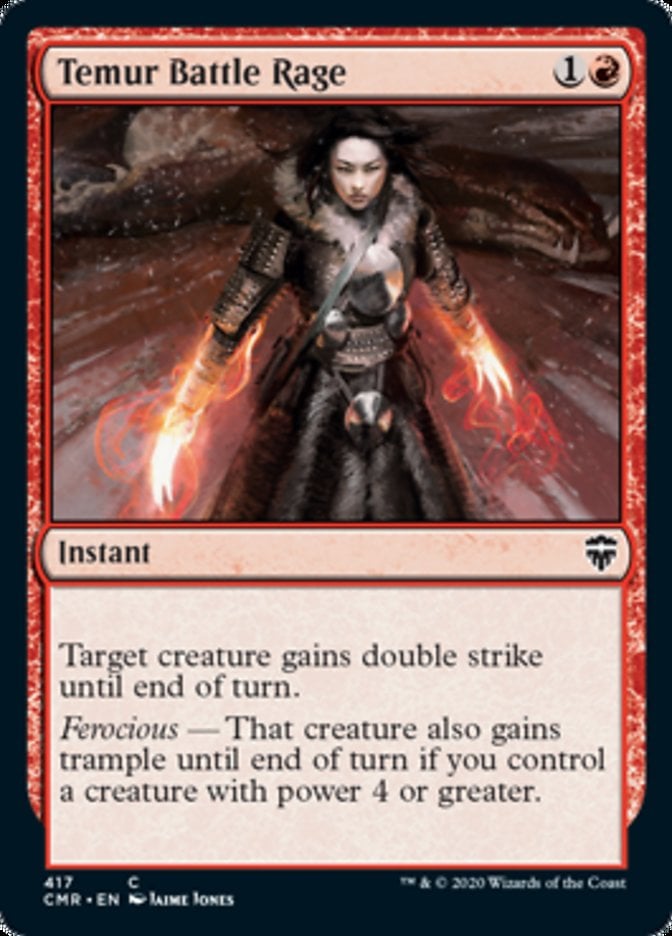
Instant speed ensures you target the best creature, either to profit from killing a blocker or to secure a surprise win from an unblocked attacker.
You usually give double strike to large creatures so you’re more likely to turn on this card’s ferocious effect.
Warren Instigator
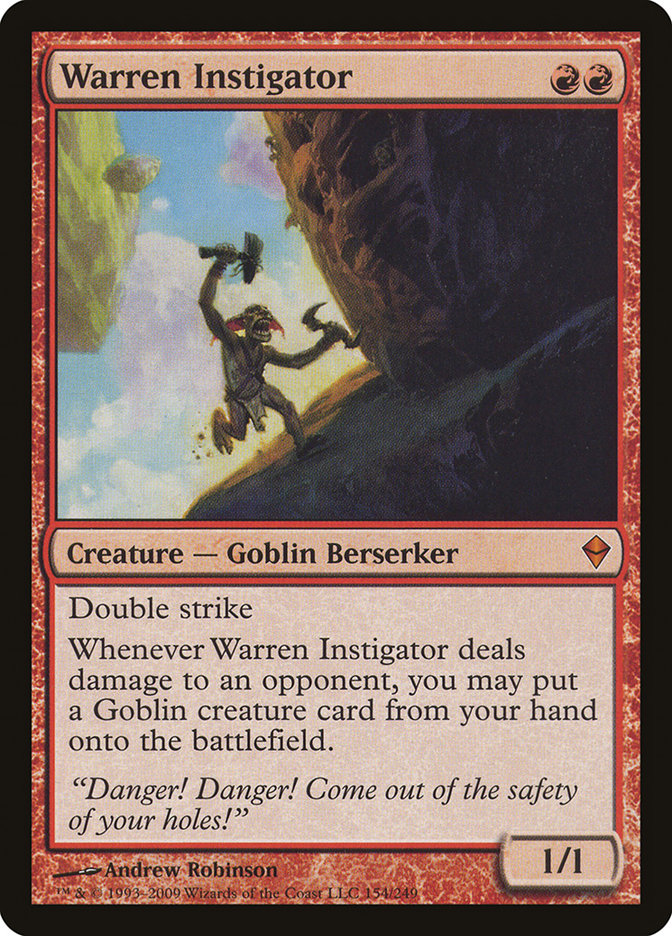
The “when this creature deals combat damage to a player” trigger is hard to achieve, so if you manage to hit an opponent with Warren Instigator, you’re cheating two goblin creatures onto the battlefield.
One big goblin like Muxus, Goblin Grandee, Krenko, Mob Boss, or Shattergang Brothers is great when put into play for free. It can be twice as great thanks to double strike.
Embercleave

Whoever designed Embercleave wanted you to have one of the best equipment ever printed. And you might cast it for . At instant speed. And it auto-equips.
If you were around during the Throne of Eldraine Standard meta you’ve absolutely suffered against or beaten down with Embercleave. It comes out of nowhere and absolutely obliterates. And with a good Voltron commander, that legacy can live on.
Wrap Up
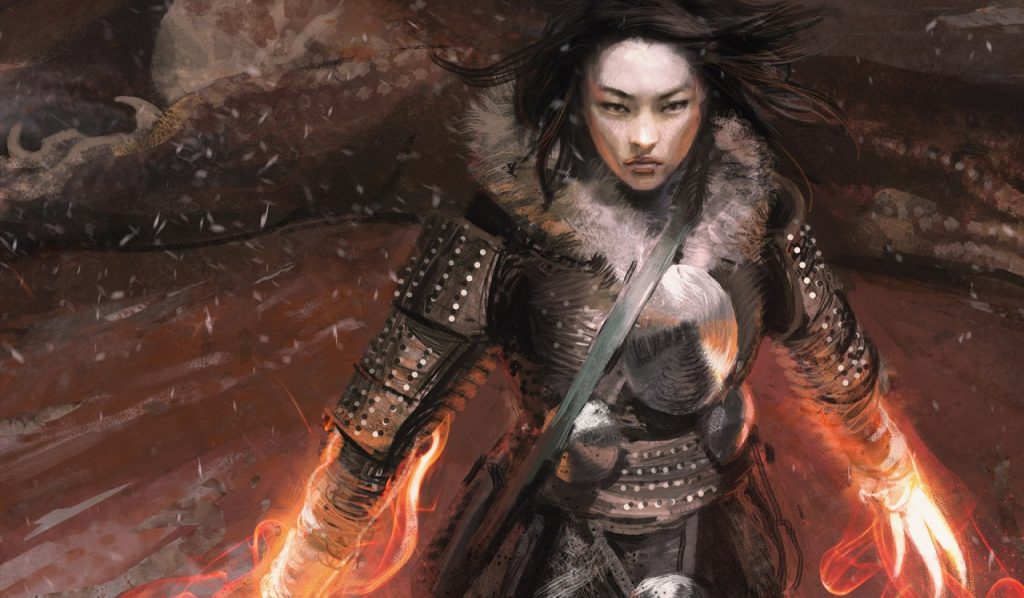
Temur Battle Rage | Illustration by Jaime Jones
I enjoy double strike a lot as an ability and in the way it exists in the game right now. I’ve talked before about how sometimes mechanics that are “x but strictly better” can drive the old ability out of the game which makes the new ability overpowered and unfun. The fact that double strike didn’t entirely replace first strike lets both of them shine by giving each their own place.
What do you think? Do you like double strike, or do you think it’s busted or unfun? What’s your favorite card that uses the ability? Feel free to leave a comment, and don’t forget to check our blog for more content and follow us on X.
That’s all from me for now. Have a good one (or two), and I’ll see you again next time!
Follow Draftsim for awesome articles and set updates: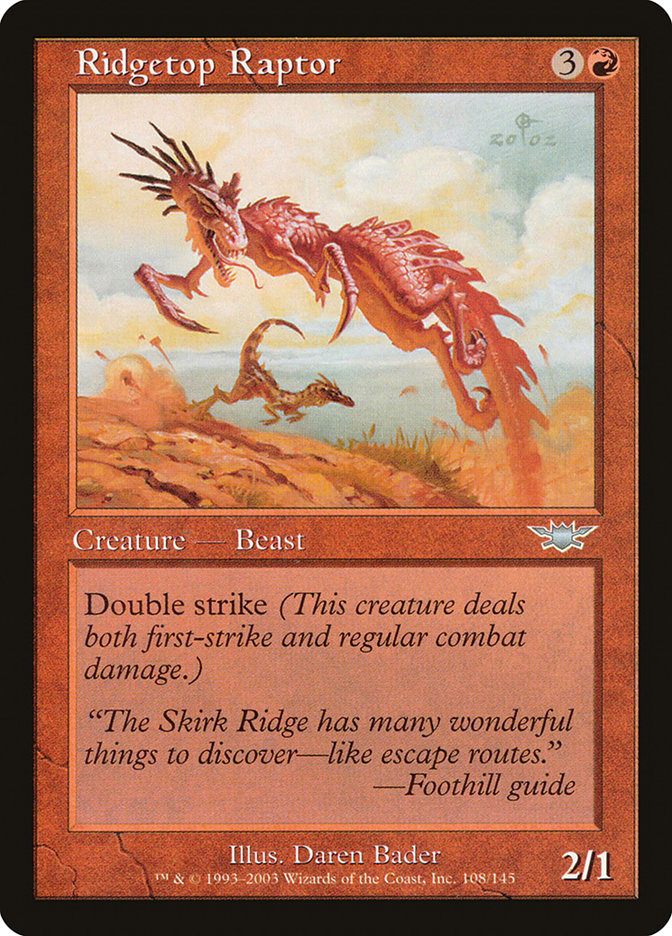
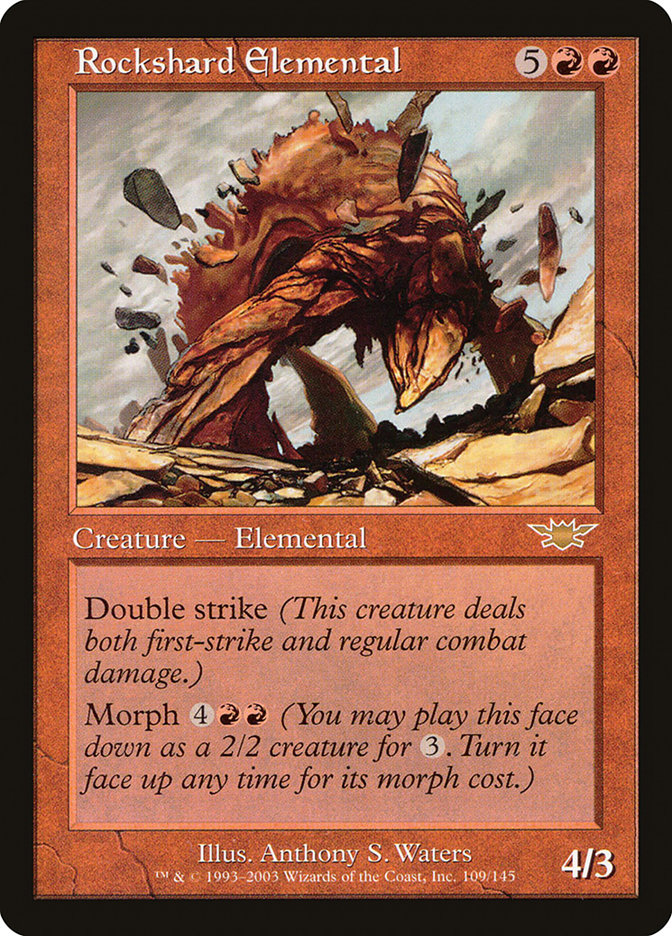
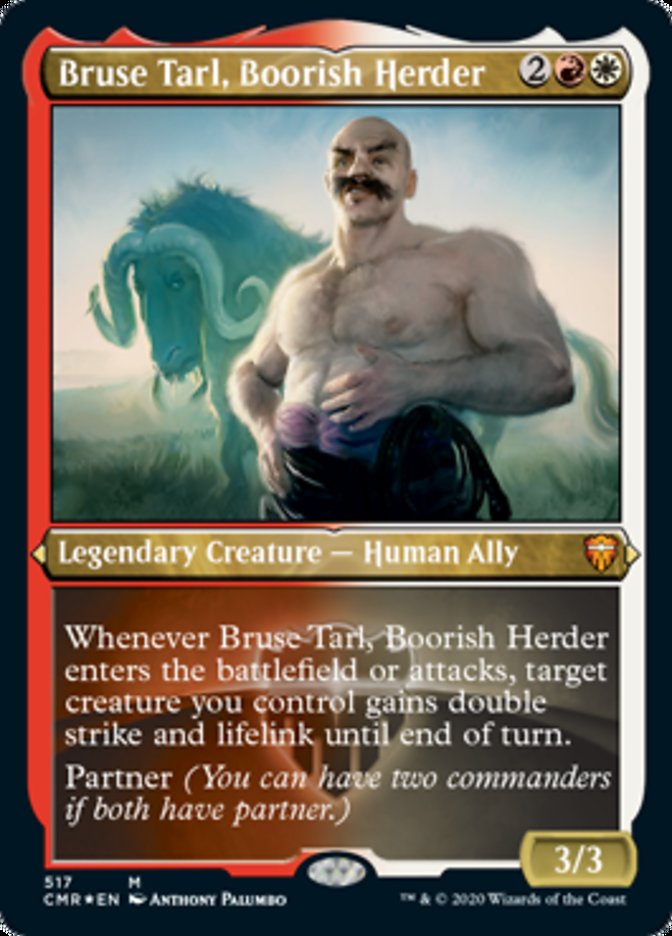
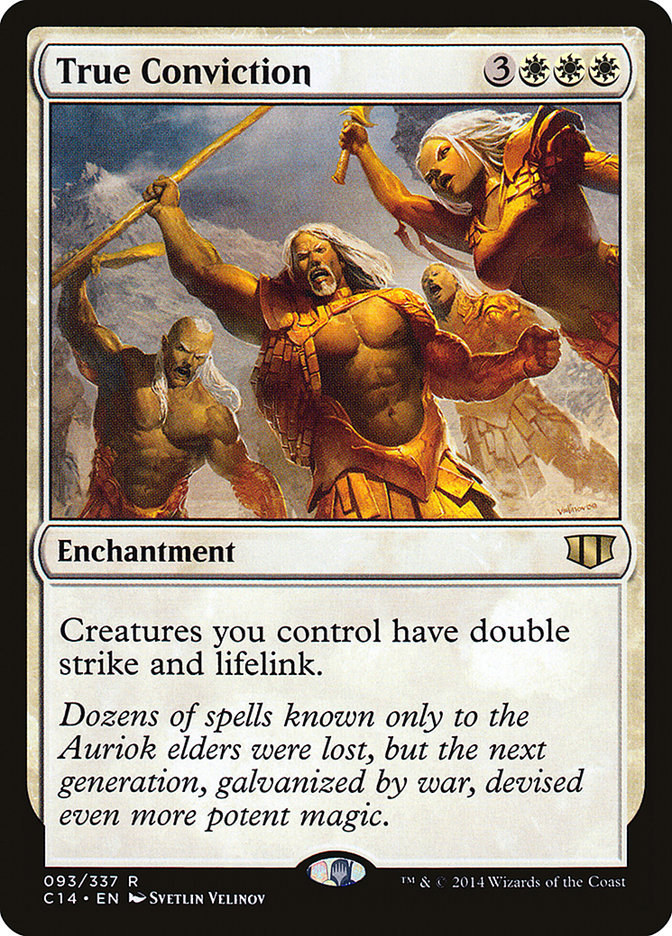
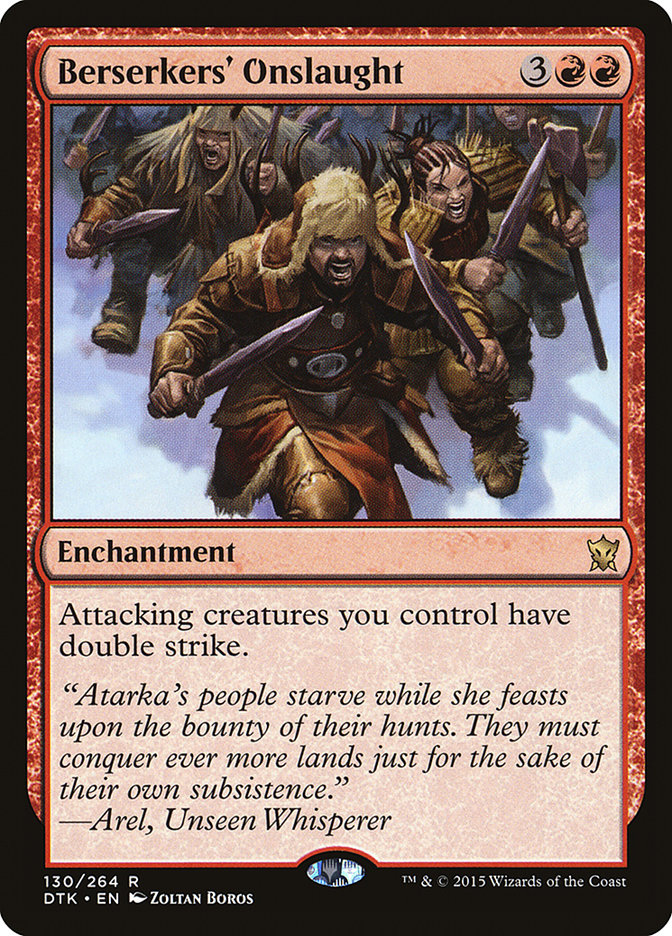
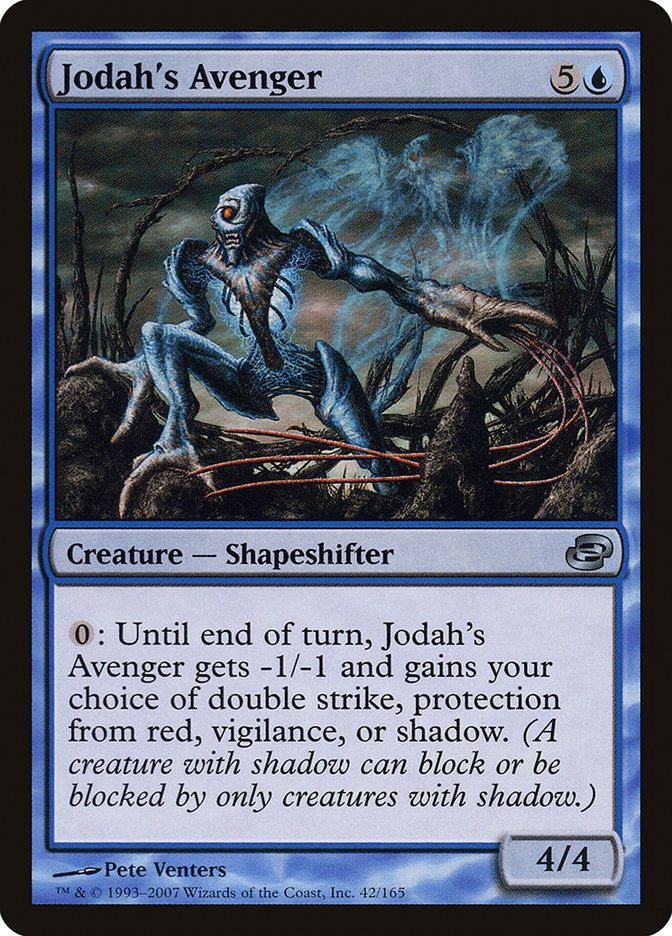
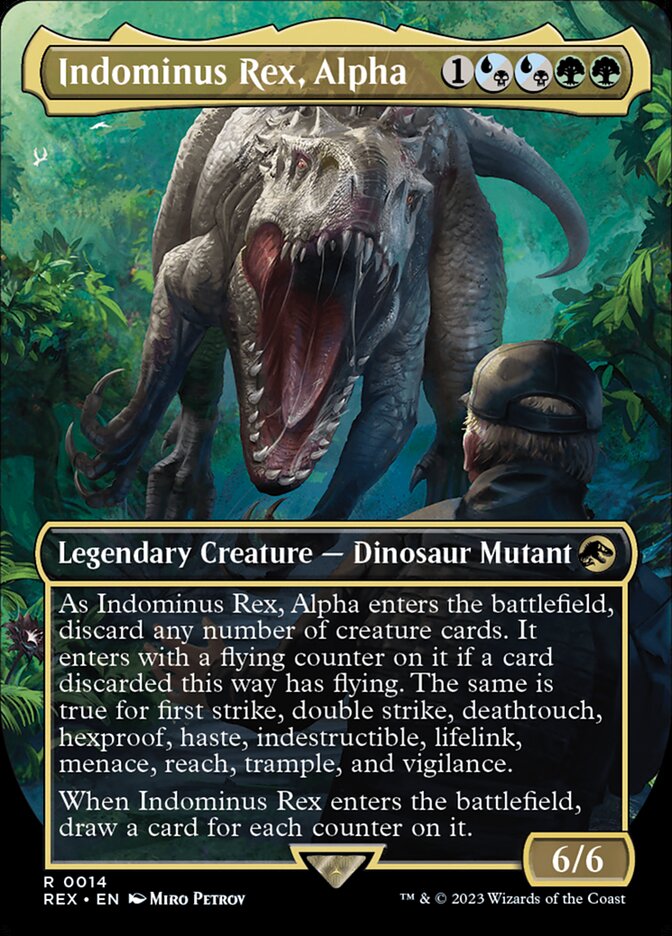
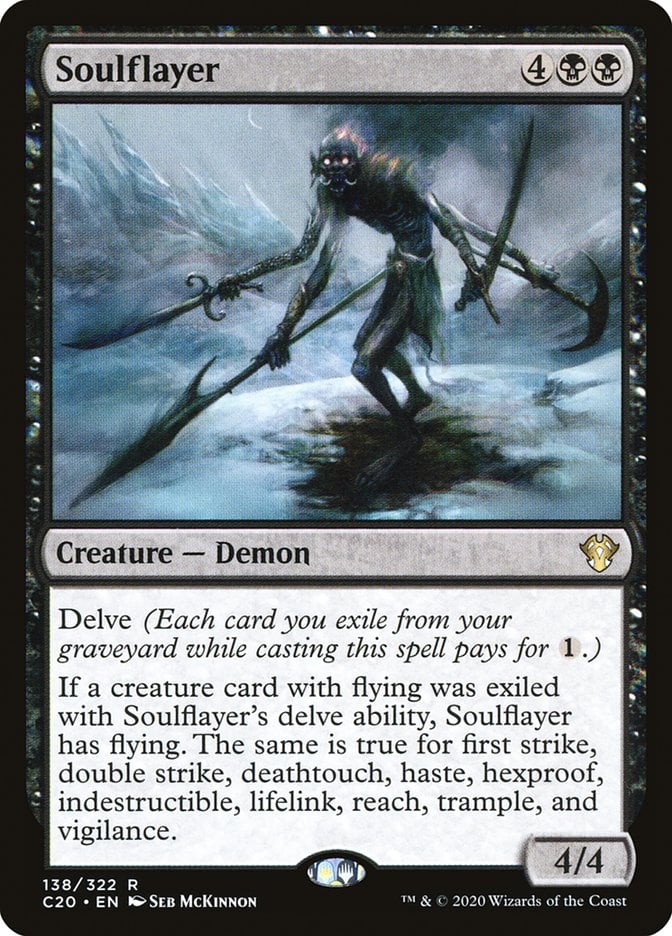
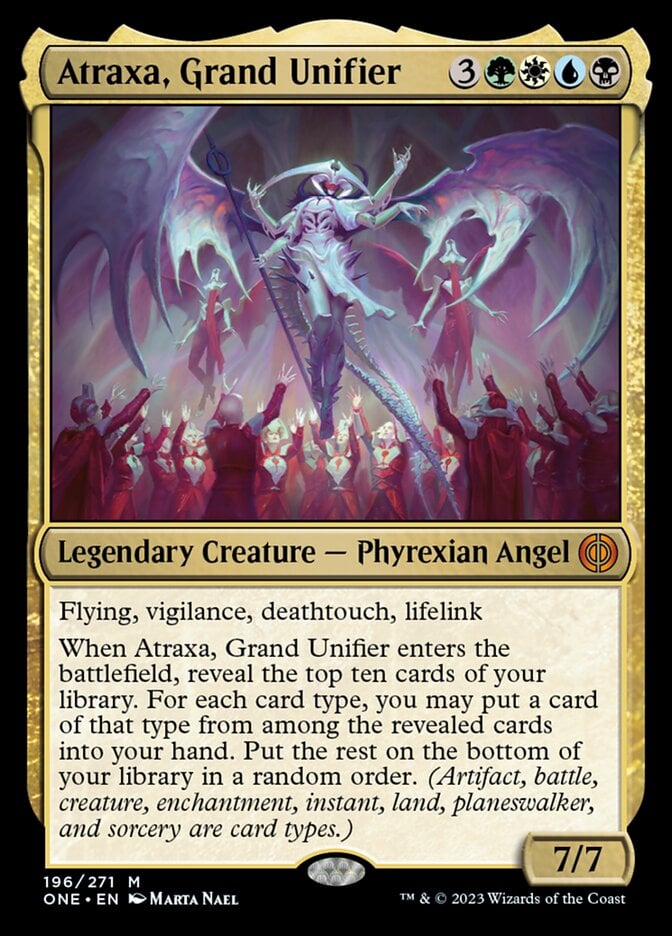
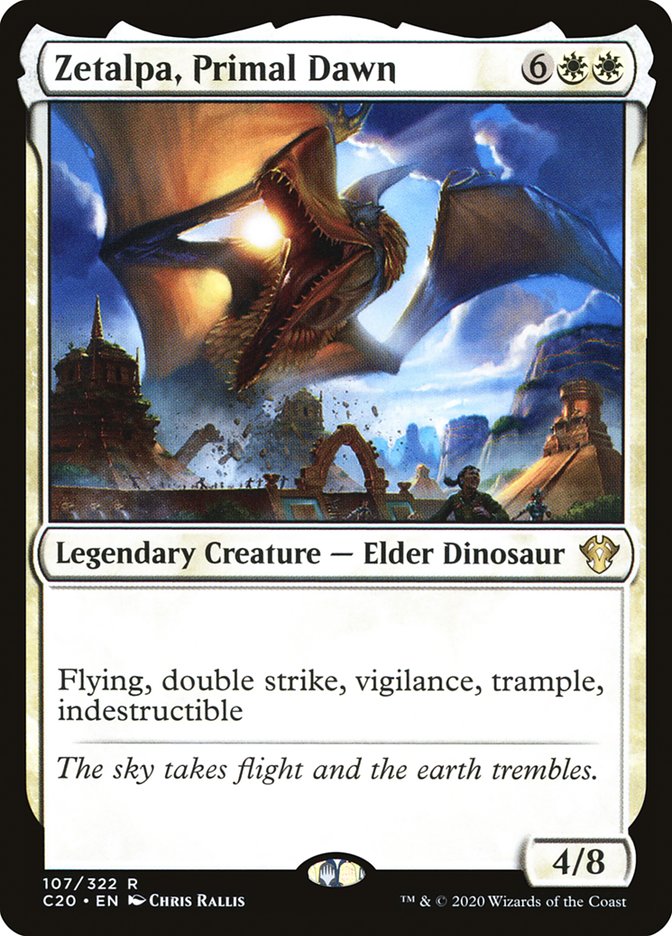
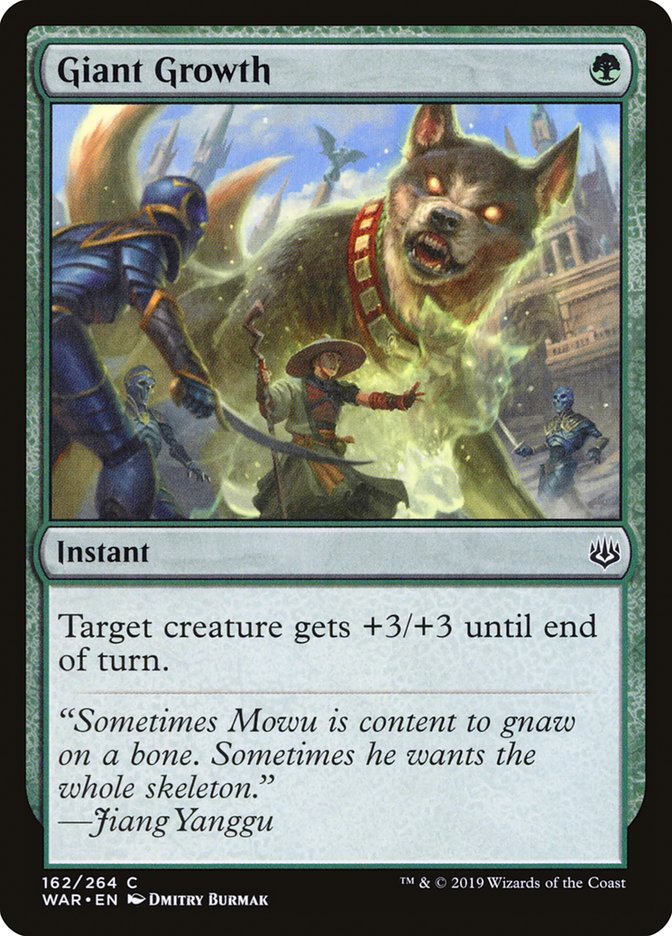
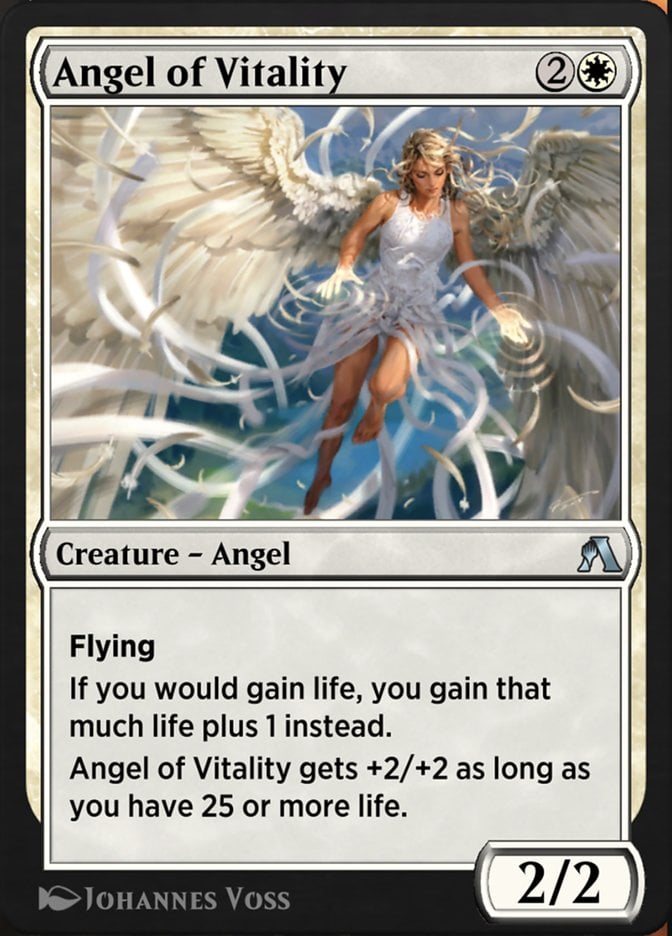
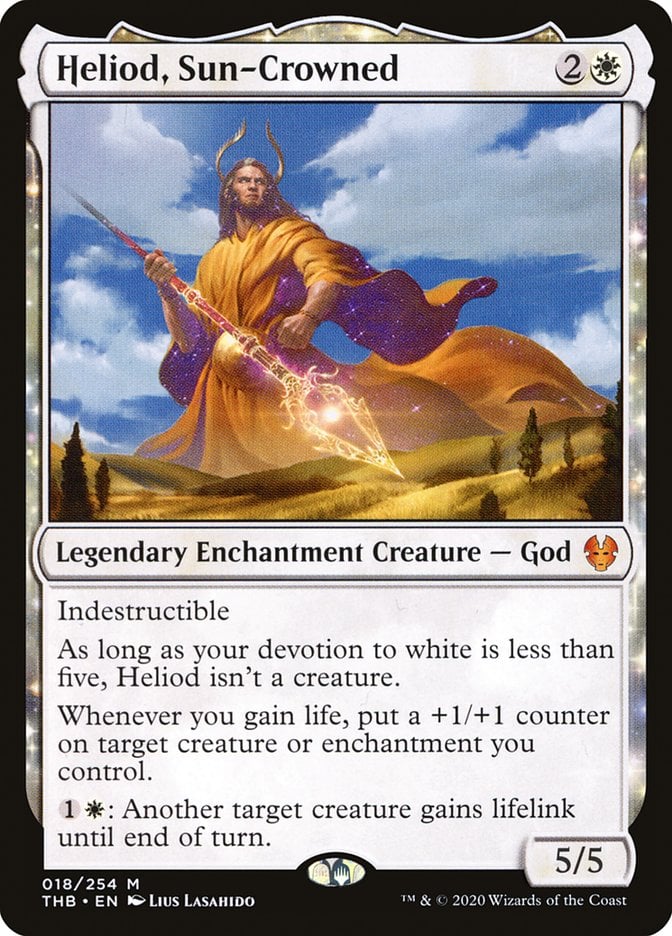
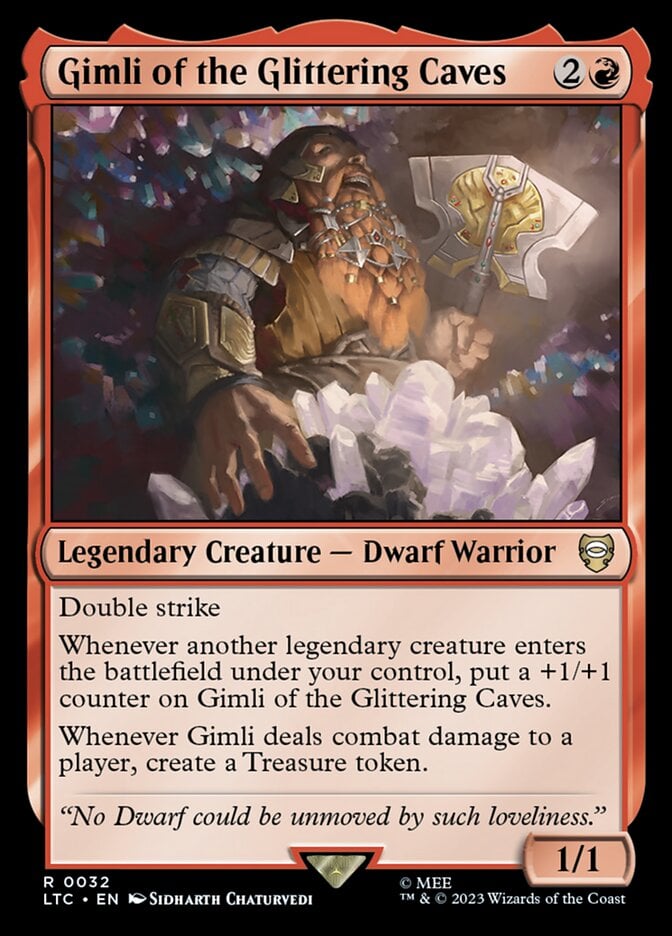
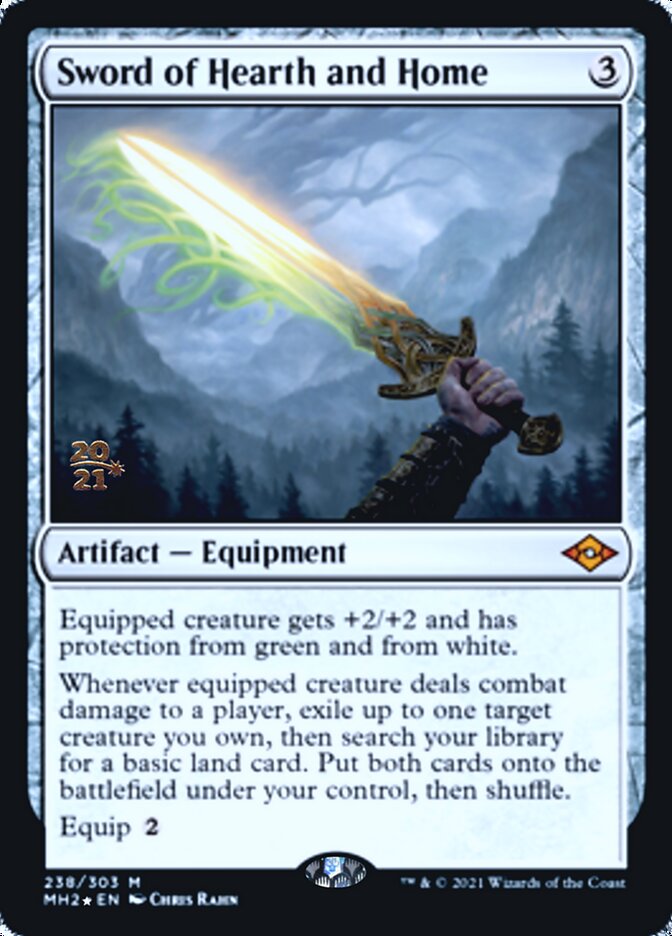
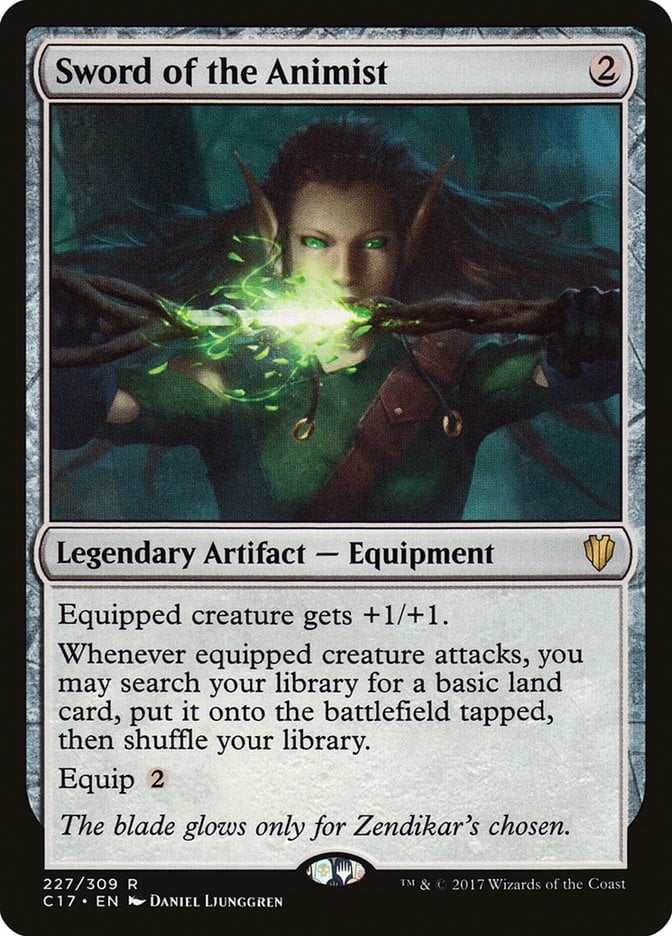
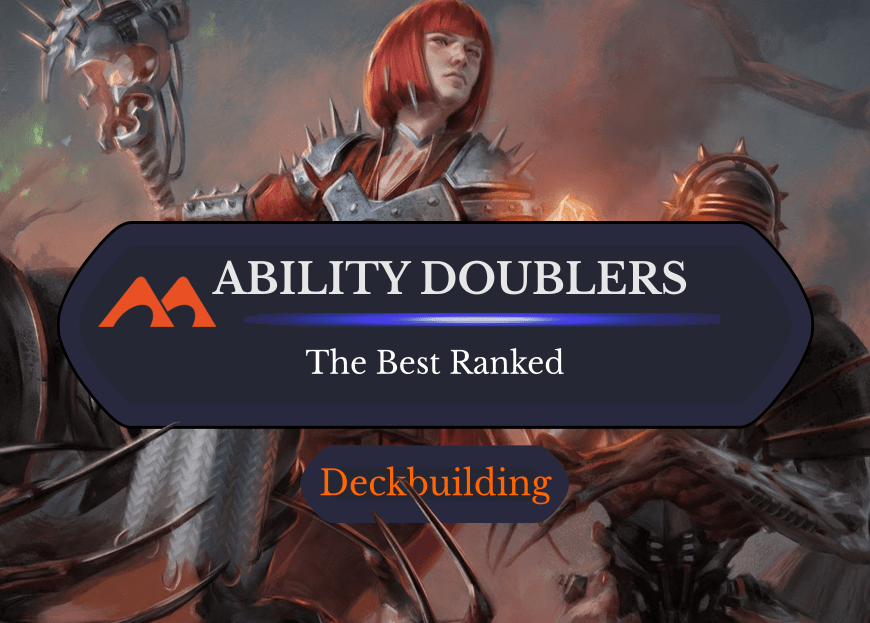
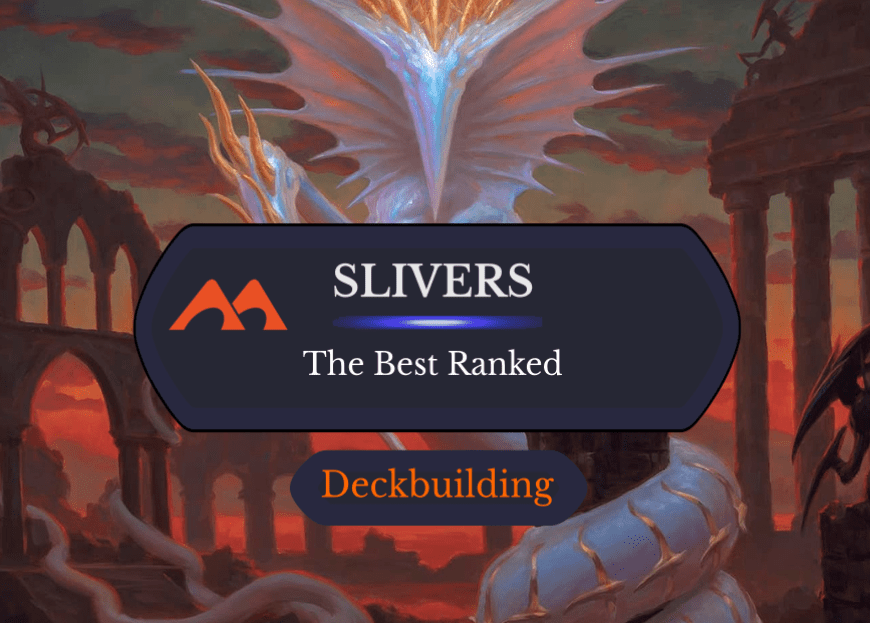
Add Comment